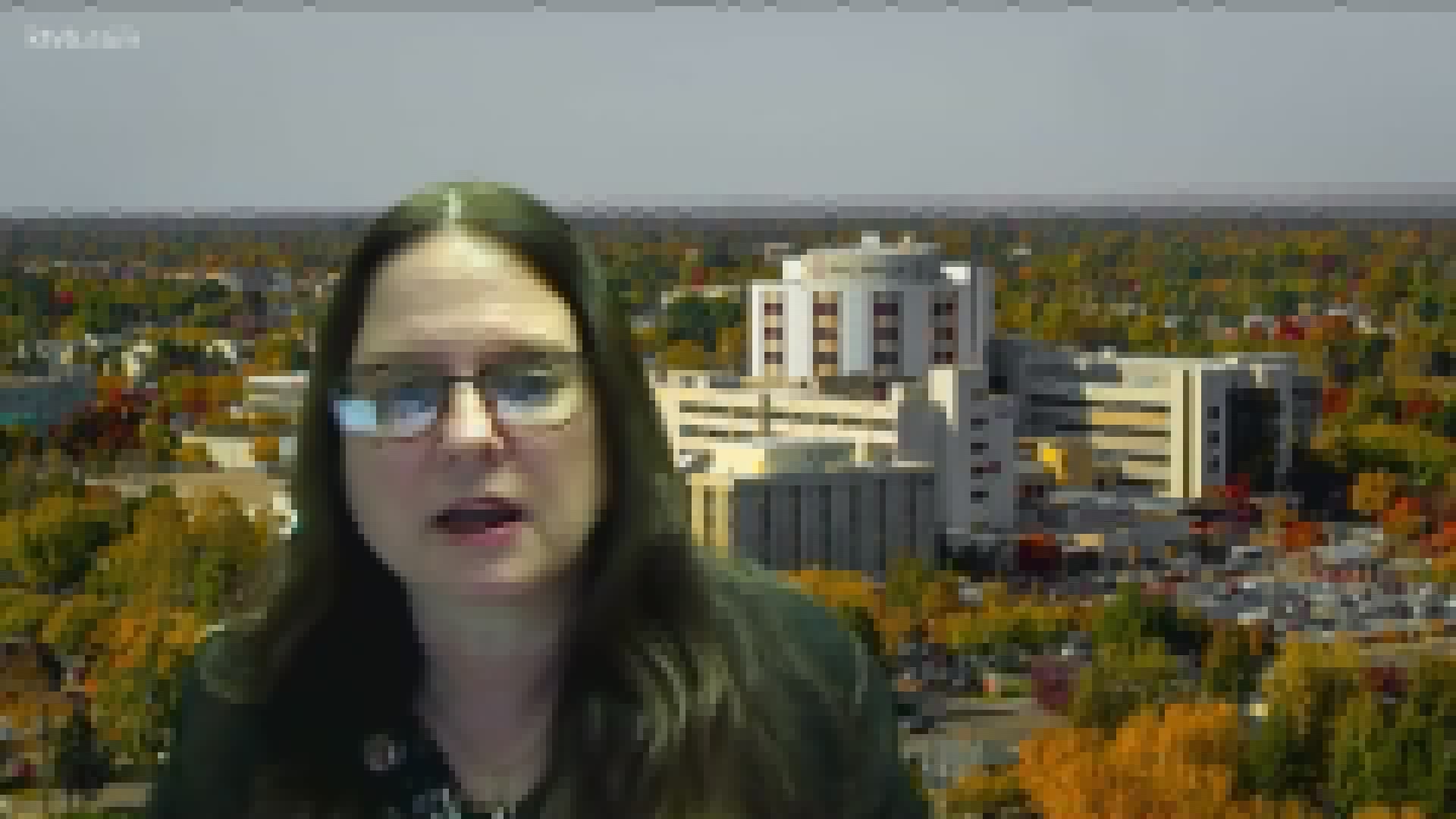BOISE, Idaho — Three weeks ago, Idaho healthcare workers began receiving their first dose of the Pfizer BioN-Tech COVID-19 vaccine. Since then, over 19,000 vaccines have been administered.
At the current vaccination rate, it may take years before enough Idahoans are vaccinated to bring the pandemic to an end or to achieve "herd immunity".
However, the state could start seeing more people get vaccinated at a higher rate in the next several weeks.
“This is much more complicated than a typical vaccine campaign,” State Vaccine Advisory Committee Chair and Executive Medical Director for Saint Alphonsus Health System Dr. Patrice Burgess said. “Everyone that gets vaccinated is going to be helpful.”
Administering the COVID-19 vaccine isn't as simple as administering the flu shot.
“We can just line people up and they can stand in line and get their [flu] vaccine one right after the other, and this is a much different process,” Burgess said. “We have to space those appointments out and then everybody needs a 15-minute observation period and that also has to be provided where they can at least be six feet apart.”
This is just one reason why Idaho's vaccine rollout is slower than expected, but things could be changing and soon.
“I think we'll start to see an uptick due to that ability to distribute it more widely,” Burgess said.
Because the newly approved Moderna vaccine does not include the same storage challenged as the Pfizer vaccine, Idaho was finally able to receive shipments of the Moderna vaccine.
The Pfizer vaccine must be stored in an ultra-cold, sub-zero storage unit while the Moderna vaccine can be stored in a standard freezer.
“The fact that we'll be able to spread it among clinics and pharmacies will help quite a bit,” Burgess said.
The state has split different groups of people into specific phases to determine when they could receive the vaccine. The Idaho Dept. of Health and Welfare released a timeline in late Dec. 2020.
“I think we're still working through the healthcare workers and long-term care facilities and their staff,” Burgess said.
That group and other frontline workers fall into phase one. Phase two, which is set to begin in February, will be next.
The state could notify the essential workers in phase two in two different ways, according to Burgess.
“It would make a lot of sense to provide at their place of employment if there is a large group of people,” she said. “If there are some smaller groups of essential workers then we would probably make them aware of pharmacies or clinics nearby.”
In terms of a weekly or monthly goal, Burgess said the state is less focused on the number of doses administered.
“Our goal is obviously is to use what supply that we are given, that we are provided with by the Federal Government and certainly not to waste any vaccines,” she said.
Facts not fear: More on coronavirus
See our latest updates in our YouTube playlist:

